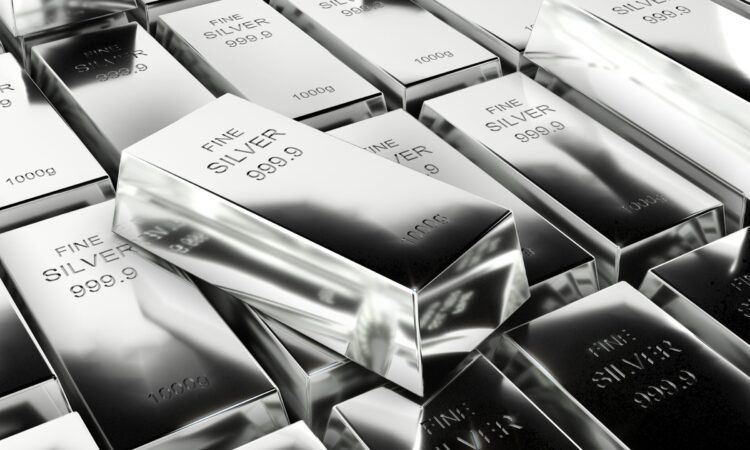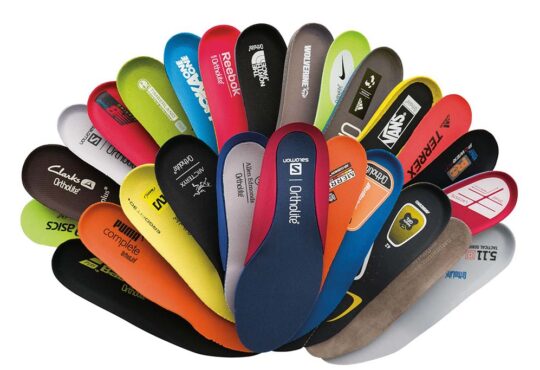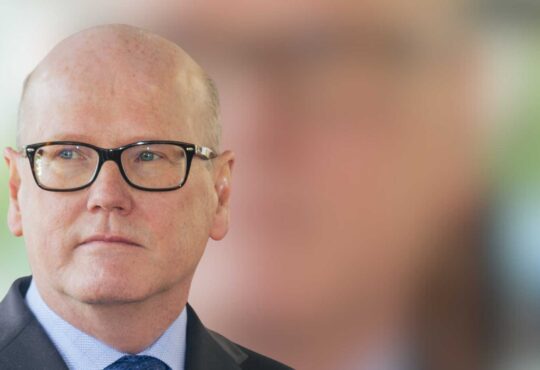
What is the current price of silver today?
The price of silver opened at $29.50 per ounce, as of 9 a.m. ET. That’s up 1.22% from the previous day and up 23.29% year to date.
The lowest trading price within the last day: $28.78 per ounce. The highest silver spot price in the last 24 hours: $29.63 per ounce.
Silver spot price
The spot price refers to the price at which silver can be bought or sold “on the spot,” or immediately. The futures price, however, reflects the price for silver delivered later.
Silver’s spot price in U.S. dollars is denoted as XAG/USD on the foreign exchange market. You can track silver’s spot price in other currencies, including XAG/GBP for British pounds and XAG/EUR for euros. Silver trades 24/7, so its price is always shifting.
Silver price chart
This chart shows how silver’s spot price has trended over the last year. The data is updated at 9 a.m. ET and doesn’t have intraday lows or highs.
As of 9 a.m., silver is up 23.29% since the beginning of the year. The 52-week high reached $32.51 on May 19, 2024, and the 52-week low dropped to $20.69 on Oct. 2, 2023.
The spot price of silver represents the current market rate at which silver can be exchanged and immediately delivered. Similar to gold, silver prices can be provided in troy ounces, grams and kilograms. Notably, a troy ounce, the standard unit for quoting silver prices, is slightly heavier than a standard ounce, with one troy ounce equaling 31.103 grams or 1.097 ounces.
The worldwide silver spot price calculation is a complex process, influenced by several factors and majorly impacted by futures contracts rather than physical silver trading.
Precious metals spot prices
Silver is one of four main precious metals investors can trade via physical bullion, exchange-traded products, or futures contracts. Gold, palladium, and platinum spot prices are also updated 24/7 in various currencies.
Gold/silver ratio
One metric people follow closely is the gold/silver ratio. It’s the price of an ounce of gold divided by the price of an ounce of silver. As of 9 a.m. ET, that was 79.19.
This is an important tool for comparing the value of gold to the value of silver over time. A higher ratio means gold is trading at a premium to silver. That can often be a sign of economic uncertainty. A lower ratio means silver prices are gaining on gold prices.
Silver price history
Silver prices peaked in January 1980 at $49.45 per troy ounce. They hit a low of $3.56 per troy ounce in February 1993.
Silver’s spot price has fluctuated over the years. Variables such as supply and demand, geopolitical events, currency strength, economic data, and changes in investment trends impact silver prices.
1970 – 2005
Silver was under $10 per ounce in the mid-1970s. It reached nearly $50 in 1980. But silver fell back under $10 by the late 1980s.
2006 – 2024
Silver prices cleared $10 again in 2006.
The Great Recession drove prices higher. In March 2008, spot prices reached about $20 per ounce. But another sharp decline followed. Silver dropped back below $10 by October 2008.
Another major jump occurred a few years later. In April 2011, silver traded at over $45 per ounce.
Silver future prices
Key global exchanges facilitate nearly 24-hour silver trading. They exist in cities such as New York, Chicago, Hong Kong, London and Zurich. The COMEX, a branch of the Chicago Mercantile Exchange, uses futures contracts to project silver prices. In this way, it plays an essential role in setting the silver spot price.
Futures contracts set delivery dates and delivery prices. They’re a popular way to speculate on the prices of commodities, including precious metals. That popularity means trading futures on exchanges is relatively easy.
Silver exchange-traded products
Silver exchange-traded products come in various legal structures, including closed-end funds and grantor trusts.
These ETPs generally hold silver bullion in audited storage regardless of their structure. They trade on exchanges with tickers similar to stocks, allowing investors to buy shares representing fractional exposure to the silver stored.
The price of a silver ETP can fluctuate, trading at discounts or premiums to its net asset value. This variation is often due to supply and demand imbalances in the market.
Additionally, investors should be aware of annual management fees and other expenses, which can impact overall returns.
Investing in silver
Investing in silver can be approached in several ways, each with unique benefits and considerations:
- Bullion. Purchasing physical silver is fairly simple. But storage and insurance costs, dealer markups, and bid-ask spreads can eat into returns.
- Futures. Futures contracts allow you to speculate on prices. They can also be used to hedge against price changes. But futures trading is complex and requires expertise.
- ETPs. Available through most brokerage accounts, ETPs might be the most accessible option. You’ll pay expense ratios for management. What’s more, these products can have tracking errors relative to silver spot prices.
Is silver a good investment?
Whether silver is a good investment depends on an investor’s objectives, risk tolerance and the specific time considered. For some, silver can be a way to diversify a portfolio that already includes stocks and bonds.
But investors must be aware of several factors: the limitations in accessing silver in different forms, its high volatility, and the potential for extended negative or flat return periods.
It’s also important to understand that investments in silver can experience multiyear troughs and may not always align with broader market trends or inflationary pressures.
Frequently asked questions (FAQs)
Silver’s highest historical price was $49.45 per ounce on Jan. 18, 1980.
Yes, you can gain silver exposure in your individual retirement account. One way is through silver ETPs. You may also be able to open a self-directed IRA that holds physical silver.
Contact your IRA provider to determine your options.





